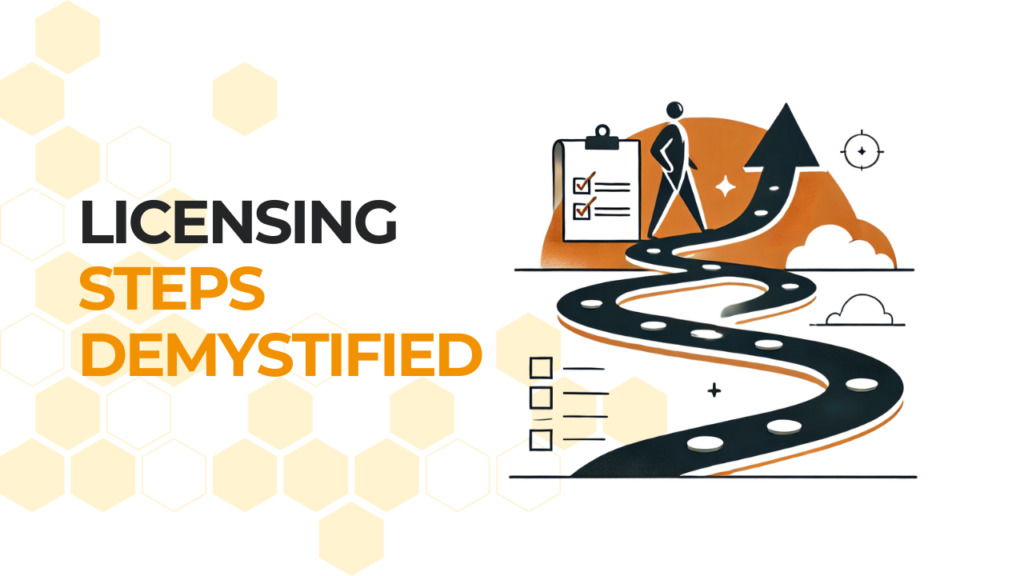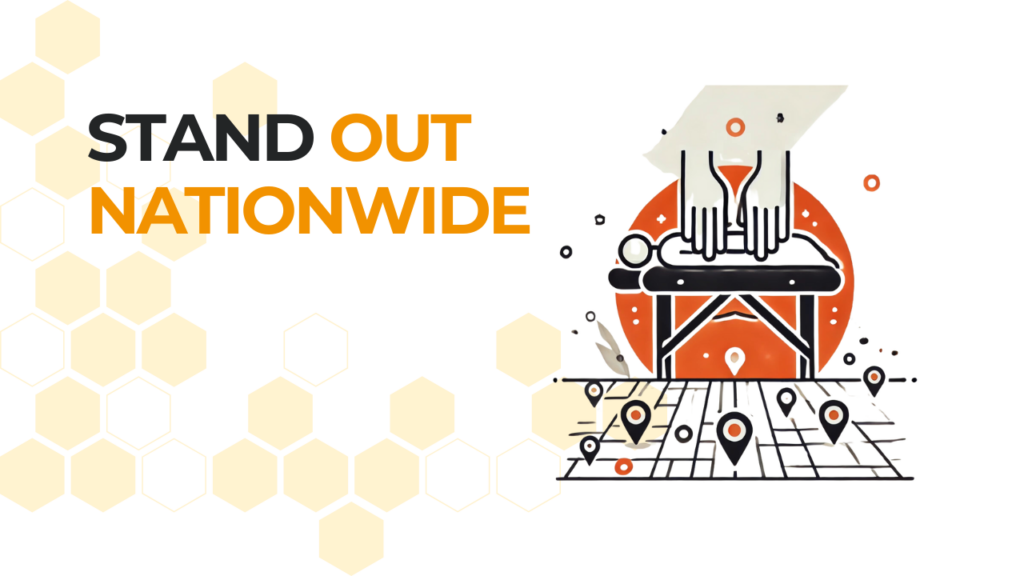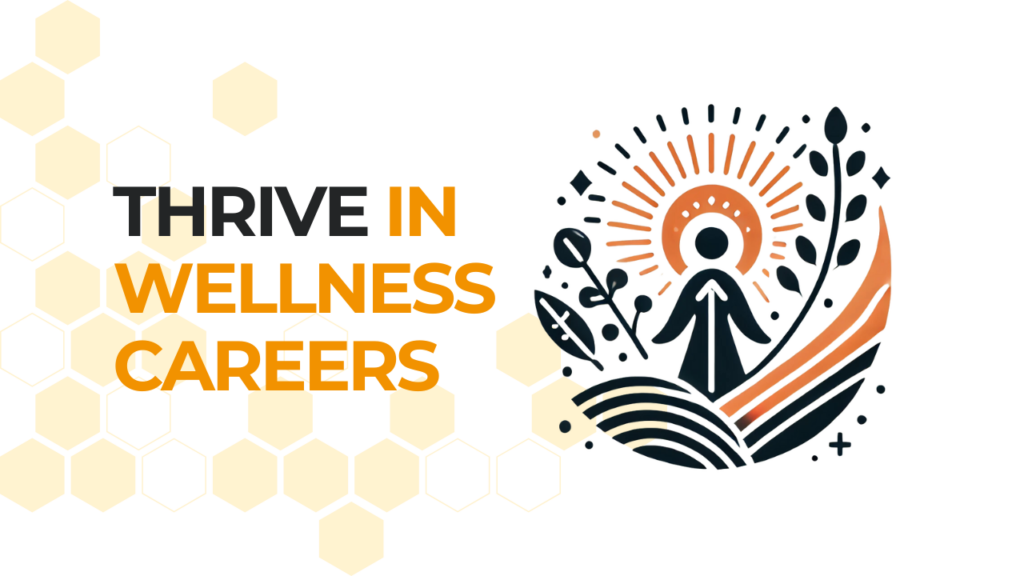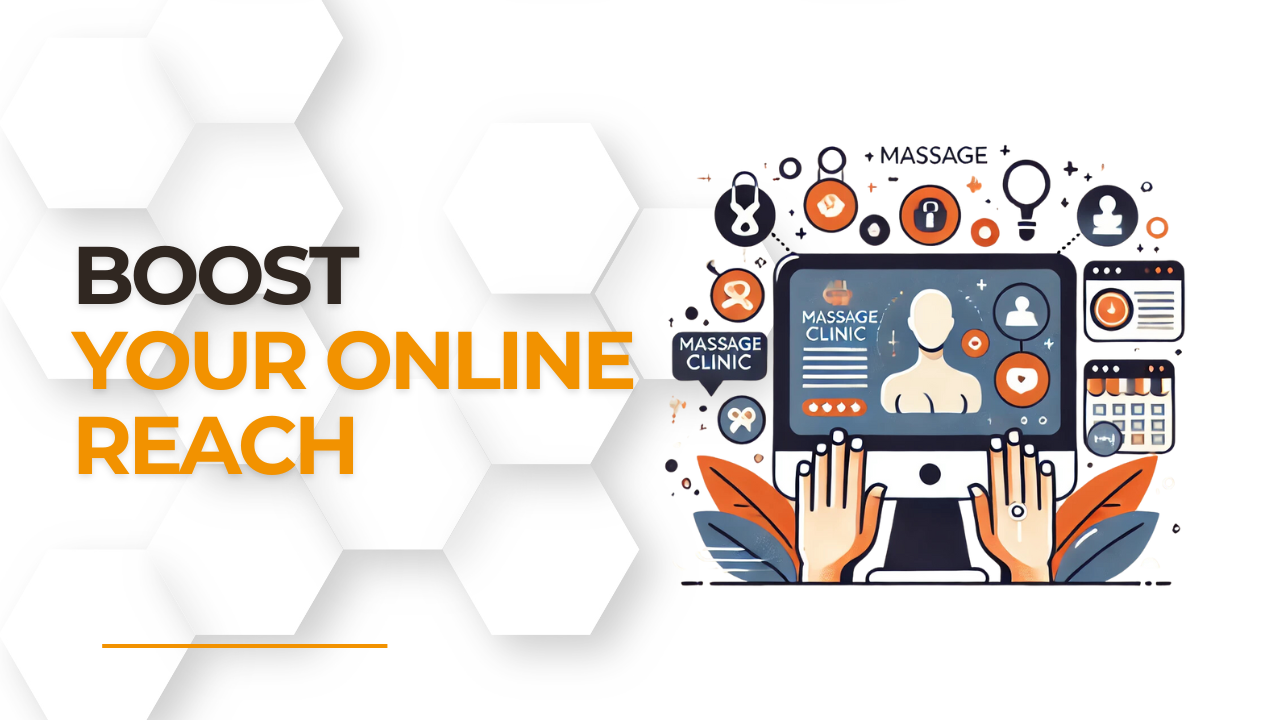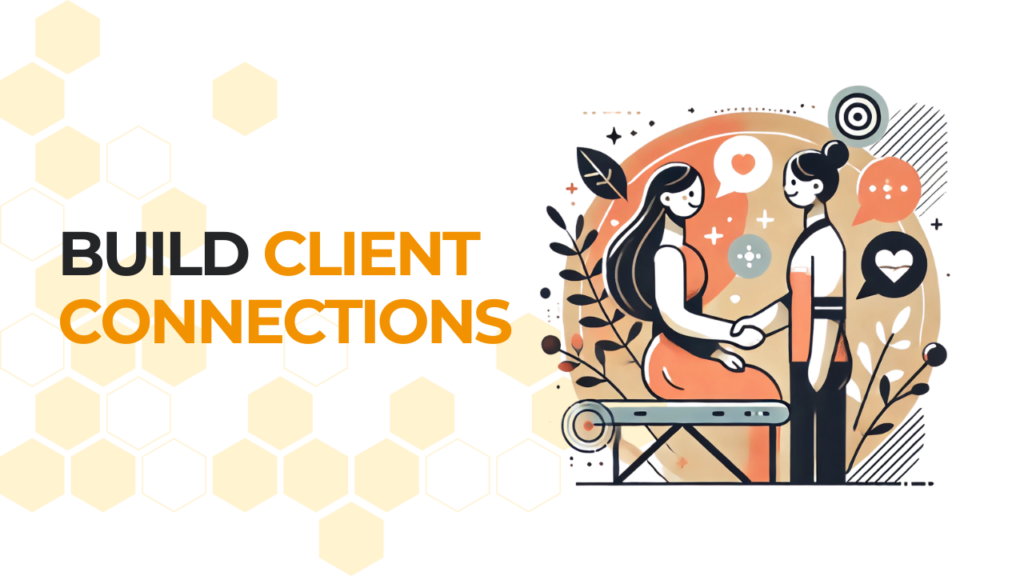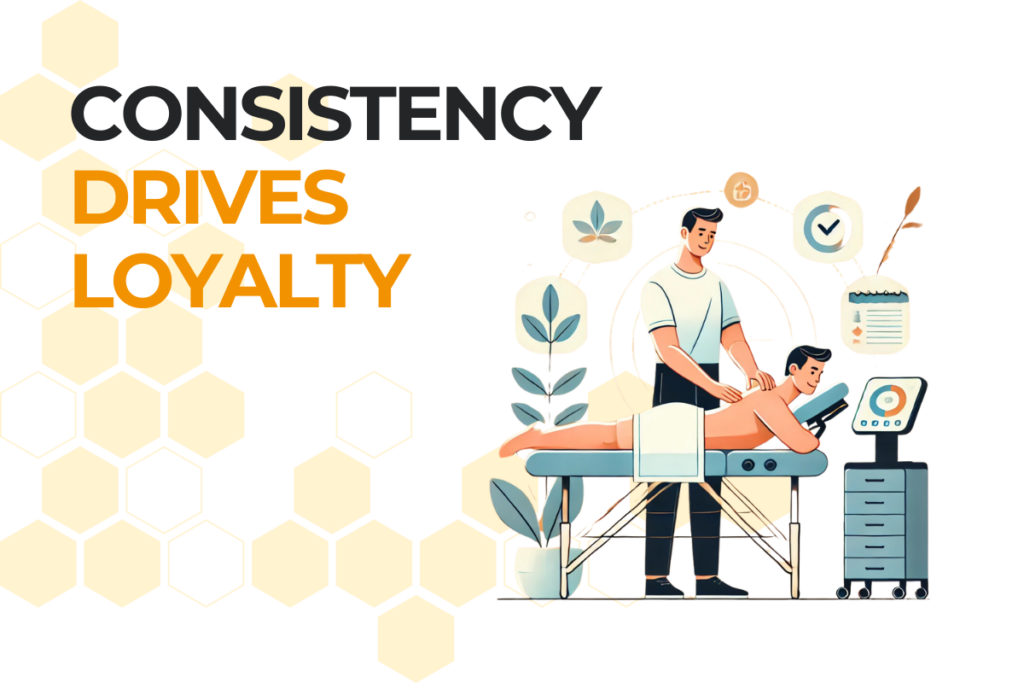Finding Stability Between Career and Personal Well-Being
Work-life balance is essential for massage therapists to maintain a fulfilling career without compromising their physical health, emotional well-being, or personal life. As a hands-on profession, massage therapy demands endurance, mental focus, and an emotional connection with clients. While helping people manage pain and stress is rewarding, the unpredictable work hours, fluctuating income, and pressure to accommodate clients can make it difficult to step away and recharge.
Many therapists feel obligated to accept last-minute bookings, work beyond their limits, and sacrifice personal time to keep their practice thriving. Over time, this imbalance can lead to exhaustion, chronic pain, and even resentment toward a career that once brought joy and purpose. Without clear boundaries and a structured plan, burnout becomes a serious risk—impacting both personal well-being and professional longevity.
Achieving sustainable work-life balance isn’t about working less—it’s about working smarter. It means setting limits on availability, prioritizing self-care, managing finances strategically, and creating a schedule that supports both career success and personal fulfillment. By taking control of their time and energy, massage therapists can build a thriving practice that allows them to help others without sacrificing their own well-being.
The True Cost of an Imbalanced Work Schedule
Many massage therapists struggle to set boundaries, fearing that reducing their workload could lead to lost income or disappointing loyal clients. The pressure to accommodate last-minute requests, extend working hours, and take on more clients than is sustainable can feel overwhelming. However, neglecting work-life balance has far-reaching consequences, including:
Chronic Fatigue and Increased Risk of Injury
Overworked muscles, repetitive strain, and insufficient recovery time can lead to chronic pain and mobility issues—potentially forcing early retirement.
Emotional Exhaustion
Constantly giving energy to others without taking time to recharge can result in compassion fatigue, making it harder to stay engaged and present with clients.
Neglecting Personal Relationships and Self-Care
When work takes over your schedule, time with family, personal hobbies, and self-care often get pushed aside, leading to feelings of isolation and imbalance.
Career Dissatisfaction and Burnout
The passion for helping others can fade when exhaustion sets in, turning a once-rewarding career into a draining routine that feels more like an obligation than a calling.
Recognizing these risks is the first step in making meaningful changes that protect both your well-being and your career. By setting clear boundaries, prioritizing recovery time, and managing your workload strategically, you can continue to provide high-quality care without compromising your health or happiness.

Setting Professional Boundaries Without Losing Clients
Define Your Working Hours and Stick to Them
Setting clear working hours is one of the most effective ways to maintain balance. Many therapists adjust their schedules too frequently, leading to inconsistent availability and work-life strain. To set effective boundaries:
- Choose fixed working hours that suit your lifestyle and energy levels.
- Communicate your availability on your website, social media, and booking platforms.
- Use automated scheduling tools to prevent after-hours bookings.
Managing Last-Minute Appointment Requests
Clients often request last-minute bookings, and while it’s tempting to accommodate them, saying yes too often disrupts your personal time. Instead:
- Offer a cancellation waitlist instead of extending hours.
- Set clear policies for same-day or urgent bookings.
- Establish a firm yet polite response for declining after-hours requests.
Prioritizing Self-Care to Prevent Burnout
Physical Wellness for Career Longevity
Work-life balance isn’t just about managing time—it’s about protecting your physical health. To prevent exhaustion:
- Schedule regular breaks between clients to reduce strain.
- Incorporate strength training and stretching routines to support muscular health.
- Rotate techniques to avoid overuse injuries in hands, thumbs, and forearms.
The Importance of Sleep and Nutrition
A well-balanced diet and quality sleep are crucial for massage therapists. Prioritize:
- Protein-rich meals to sustain energy during long workdays.
- Hydration to support muscle recovery and focus.
- At least 7-8 hours of sleep to prevent fatigue-related mistakes.
Mental and Emotional Self-Care Strategies
Work-related stress accumulates over time, leading to emotional fatigue. Counteract this by:
- Practicing mindfulness or meditation to manage stress.
- Seeking peer support through professional networks or therapist groups.
- Establishing routines that separate work from personal life, such as a post-session wind-down practice.
Time Management Techniques to Maximize Efficiency
Structuring Your Work Week for Productivity
A well-planned schedule helps therapists maintain energy levels and avoid overbooking. Consider:
- Grouping similar treatments together to streamline workflow.
- Blocking off specific days for administrative tasks instead of handling them piecemeal.
- Allocating time for continuing education or skill development without cutting into personal hours.
Automating and Delegating for a Manageable Workload
Many massage therapists handle administrative duties on their own, which eats into personal time. Streamline your workload by:
- Using practice management software to automate scheduling, reminders, and payments.
- Hiring an administrative assistant or virtual receptionist to manage client communications.
- Setting up email templates for common inquiries to reduce repetitive responses.

Financial Planning for a Balanced, Secure Future
Stabilizing Income to Reduce Financial Pressure
One of the biggest challenges therapists face is inconsistent income. Avoid the cycle of overworking by:
- Implementing membership or package-based pricing to create steady revenue.
- Diversifying income streams with workshops, retail product sales, or online consultations.
- Budgeting effectively to prepare for slow seasons without the need for excessive hours.
Preparing for the Unexpected
A financial safety net alleviates stress and allows therapists to make mindful career decisions. Key steps include:
- Building an emergency fund to cover expenses during unforeseen disruptions.
- Investing in disability or business insurance for financial protection.
- Setting long-term savings goals to reduce dependency on high-volume bookings.
Leveraging Technology for Better Work-Life Integration
Technology can significantly lighten the load for massage therapists. Consider:
- Automated booking systems to minimize manual scheduling.
- Digital intake forms to save time on paperwork.
- Online payment options for faster transactions and reduced follow-ups.
Building a Career That Supports Your Well-Being
Work-life balance for massage therapists isn’t a luxury—it’s a necessity. Without it, the career that once brought joy and purpose can quickly become exhausting, leading to physical strain, emotional fatigue, and burnout. The demands of long hours, last-minute client requests, and the pressures of running a business often leave little room for personal time.
However, balance isn’t about cutting back on work—it’s about making intentional choices that protect your energy, well-being, and long-term success. Setting clear boundaries, maintaining a structured schedule, and recognizing your physical limits are key to preventing burnout and ensuring longevity in your career.
Prioritizing self-care, streamlining administrative tasks, and planning financially can make a significant difference in creating a sustainable practice. Whether it’s incorporating regular exercise, improving sleep habits, or using automation tools to reduce workload, small changes add up over time. Financial stability also plays a crucial role in reducing stress, allowing you to maintain balance even during slower periods.
Sustainable success isn’t about doing more—it’s about working smarter. By making thoughtful adjustments to your daily routine and business operations, you can cultivate a thriving career that supports both your professional ambitions and personal fulfillment.
Frequently Asked Questions
Most therapists find that 4-6 clients per day is a sustainable number, depending on session length and physical demand. Scheduling buffer times and rest breaks can help prevent overexertion.
A polite but firm response is best. Try: “I appreciate your request, but my schedule is fully booked during my working hours. I’d be happy to book you at my next available time.”
Implementing membership packages, offering retail products, and diversifying services (such as workshops or online consultations) can stabilize income throughout the year.
Chronic fatigue, irritability, declining job satisfaction, and increased physical discomfort are common signs. If these occur, reassessing workload and self-care strategies is essential.













